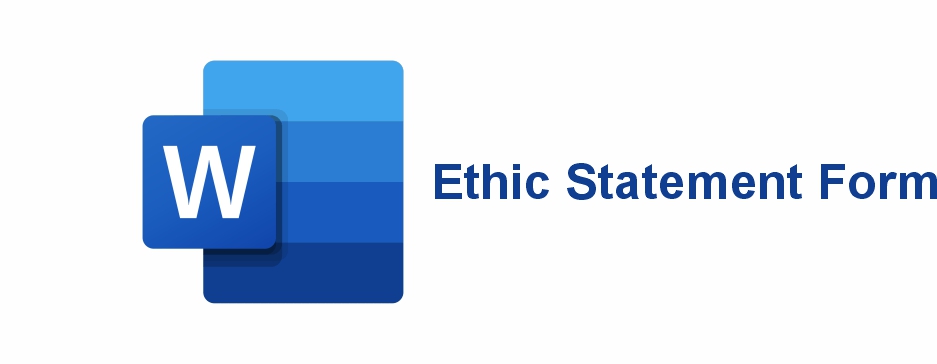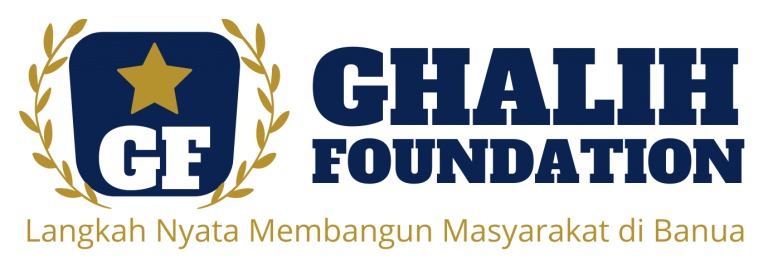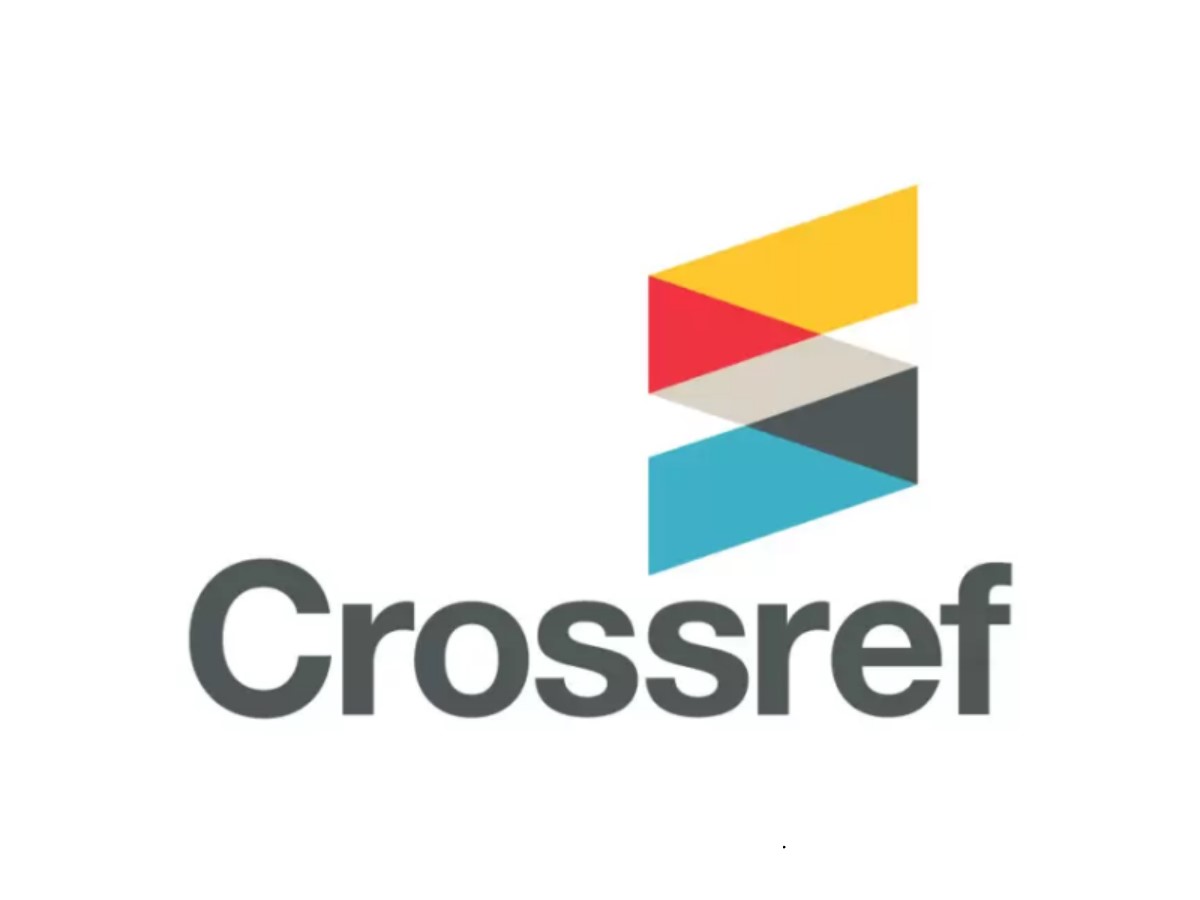ANALISA PENGARUH VARIASI KUAT ARUS DAN JARAK PENGELASAN TERHADAP NILAI KEKERASAN SAMBUNGAN LAS BAJA KARBON RENDAH DENGAN ELEKTRODA 6013 METODE ANAVA
Keywords:
Electric arc welding, electric current, hardnessAbstract
The process of connecting two or more pieces of metal using electricity as a heat source and the electrode material added as named by the electric arc welding. Welding of the world's most widely used in industry today, this is due to the welding process has advantages when compared with the other connections are: less expensive, the process is relatively faster, lighter, and in more varied engineering and construction. The selection of the current strength and type of electrodes is one of the most important in the welding process, in particular electric arc welding. Materials used in this research process is a low carbon steel and to obtain the optimal results of data processing is done using the method ANAVA. Brinnel hardness testing method aims to determine the hardness of a material. Brinnel intended for testing materials that have hardness Brinnel to 400 HB. Penetration tool used is a hardened steel ball indenter with a diameter of 2.5 mm. From the results of research and testing conducted by using the current 70 A - 110 A with a distance of 1 mm seam and 2 mm, current 110 A with a distance of 1 mm seam which has a high hardness value is 174.5453 BHN. The greater the flow and the larger distance widened welding weldment is happening.Downloads
References
Praktek La â€, Departemen Pendidikan
dan Kebudayaan, Jakarta.
2. Fenoria Putri, 2010, “Analisa Pengaruh
Variasi Kuat Arus dan Jarak Pengelasan
Terhadap Kekuatan Tarik, Kekerasan
dan Struktur Mikro Sambungan Las Baja
Kerbon Rendah Dengan Elektroda 6013
Metode Anovaâ€, Thesis S2, Universitas
Pancasila, Jakarta.
3. Surdia, Tata dan Saito sinroku, 2000,
“Pengetahuan Bahan Teknikâ€, Pradnya
Paramita, Jakarta.
4. Sujana, Prof., 1994, “De ain dan Anali i
Ek perimenâ€, edi i III, Tar ito, Bandung.
Downloads
Published
How to Cite
Issue
Section
License
The Authors submitting a manuscript do so on the understanding that if accepted for publication, Authors retain copyright and grant the AUSTENIT right of first publication with the work simultaneously licensed under a Creative Commons Attribution-ShareAlike License that allows others to share the work with an acknowledgment of the work's authorship and initial publication in this journal.
AUSTENIT, the Editors and the Advisory International Editorial Board make every effort to ensure that no wrong or misleading data, opinions or statements be published in the journal. In any way, the contents of the articles and advertisements published in AUSTENIT are the sole responsibility of their respective authors and advertisers.















